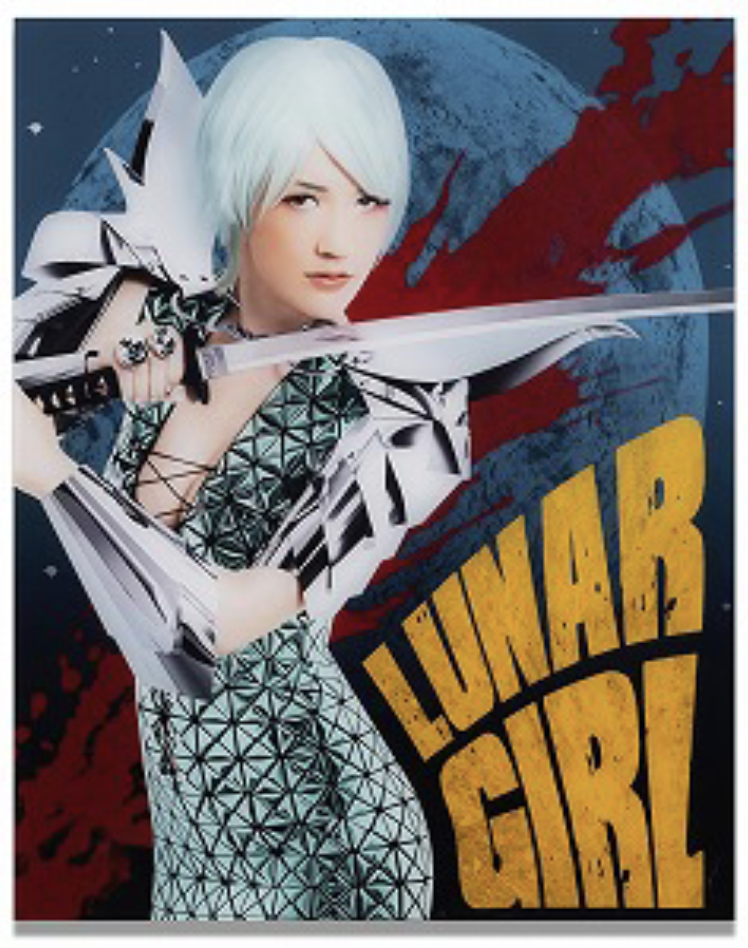
Since the astronomical $69 million hammer price of Beeple’s Everydays: The First 5000 Days at Christie’s in March, NFTs have seemingly taken the art world by storm.
Beyond the attention-grabbing headlines, Japan’s SBI Art Auctions believes that the novel medium has already permanently changed the structure of the art world with improved technologies for the buying, trading, and archiving of digital art having emerged in just the past few months. The auction house also believes NFTs are shifting the types of ideas artists will be addressing moving forward.
Now, in conjunction with its major modern and contemporary art Sales (October 29–30), the auction house will present the “NFT in the history of Contemporary Art,” a devoted sale of NFTs by eight contemporary artists. This will be the first sale of an NFT at an auction house in Japan. The sale is curated by cultural theorist Hiroki Yamamoto, an assistant professor at Tokyo University of the Arts, and explores the potential impacts of NFTs on contemporary art creation. Works in the sale are by Kenny Schachter, Serwah Attafuah, David O’Reilly, UuDam Tran Nguyen, Sputniko!, Yu-KI YUKI, Takakura Kazuki, and Lu Yang.
UuDam Tran Nguyen, Waltz of The Machine Equestrians. Courtesy of SBI Art Auction.
Yamamoto believes the art world would be best suited to reconsider NFTs through an art-historical perspective.
“One tends to associate NFTs with genres of art that themselves incorporate digital technologies,” Yamamoto said, “and indeed, in many cases this is a perfectly fitting impression. For example, artists like Lu Yang or Kazuki Takakura, both of whom are participating in this curated sale, have been garnering the art world’s attention as leaders in their fields of digital art and media art.”
“But one theme of our sale is the introduction of an art-historical perspective to look at the potential and the significance of NFTs for contemporary art with a broader perspective. For example, the conceptual art movement’s core components were thoughts and concepts, and which emphasized ideas (questions to be raised, topics to be addressed) over materiality (such as color, form, material and so on),” said Yamamoto. “The meeting of the art world with the technology of the NFT, which is primarily used for videos, images and other data on the web (for example, without involving “physical” artworks ), will require us to rethink our understanding of concepts like ownership and value. And this kind of recalibration and redefinition of existing concepts is precisely the challenge that conceptual artists have aimed for.”
Artist Serwah Attafuah, for instance, uses the intersection of NFTs and her art practice through the lens of her identity as a black woman in her work TERRA 2021, while Yu-KI YUKI’s work For your own good, centers on LGBTQ-related themes and her interest in cosplay. In both cases, NFTs provide a unique access point for conversations centered in intersectionality.
Yamamoto summarized his sentiments about the role of NFTs in the art world, by quoting Kenny Schachter, who wrote: “The art world isn’t keen on willfully adapting to change, especially when the upheaval entails a shift in the landscape of access and gatekeepers that control it.”